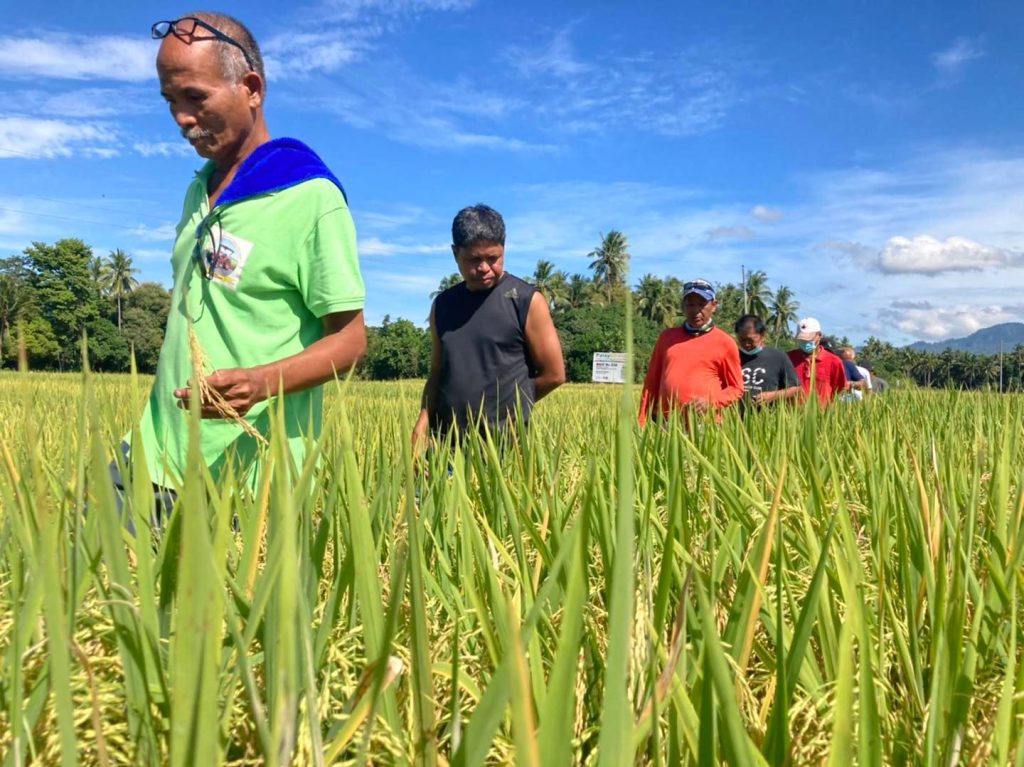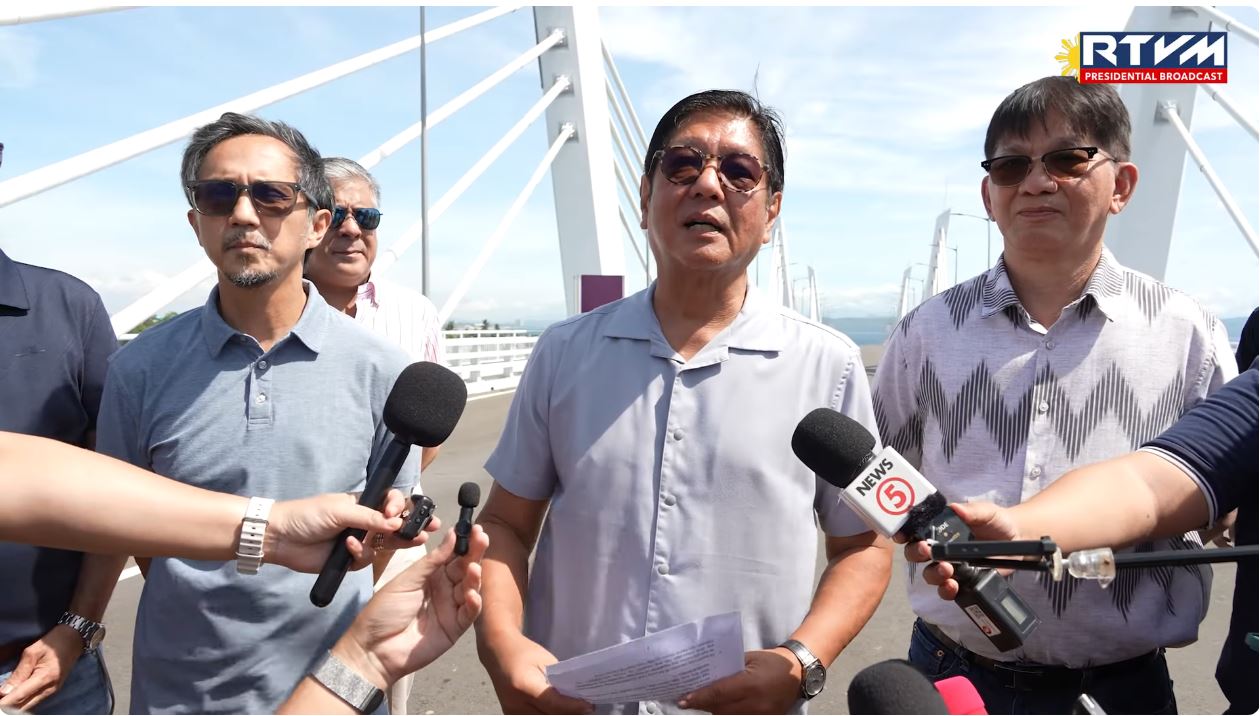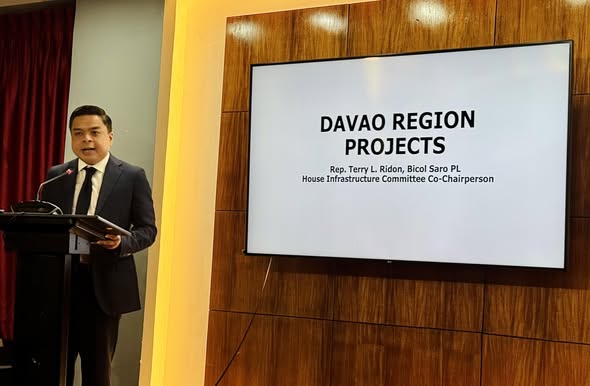Photo courtesy: Philippine Rice Research Institute

The farm scenario in Bulacan where traders are buying paddy rice from farmers at ₱11.50 per kilo does not only reflect how the unscrupulous traders manipulate the price but also the poor farmers as well.
It also shows how bereft is the Department of Agriculture and the National Food Authority in addressing the problem. NFA is giving itself the credit for unloading their stocks of rice in its bodega in Bulacan to be able to absorb the new harvests. It gives us a convoluted story which adds up to the confusion on how the DA and NFA are helping the farmers.
In the meanwhile Pres, BongBong Marcos proudly announced that it can sustain the price of rice at ₱20 per kilo until the end of his term in 2028.
The DA says it will buy paddy rice (unmilled) from farmers at competitive price, but as to how much they are not telling us.
What really are the realities in the ground? Traders manipulate helpless farmers. Freshly harvested palay must be sold within three days after harvest otherwise it will turn rancid due to its moisture content. That’s the reason why those living near the concrete highways use the side street as dryers. Farmers do not have drying facilities and the need to sell their fresh harvest is a must. And they yield to the dictated price of traders.
If NFA does what is mandated to do, it should be buying fresh harvests from farmers at justifiable price. It is presumed that the NFA buying stations have solar dryers and silos and enough storage for palay and rice. It is also equipped with a rice mill.
On the average, farmers spend about ₱45,000 per hectare of paddy rice land. This takes care of land preparation, fertilizer, pesticides and herbicides and molluscicides in case the field is infested with snails.
Given these inputs a farmer produces on the average 100 fifty-kilo sacks of palay per hectare. (This can even reach 150 sacks depending on the farmers best practices). The 100 sacks of palay translates to 5,000 kilos.
If NFA buys freshly harvested palay at ₱18/kilo the farmer will gross about ₱90,000. Subtract ₱45,000 of production cost then he nets at the very least ₱45,000 per hectare. This is a far cry from ₱12,500 he gets from the trader.
A farmer who owns two hectares of irrigated land will earn ₱180,000 per harvest and double that if he plants twice a year.
The consumers are not asking for a ₱20/kilo rice. All they ask is affordable rice not the ₱40 to ₱56 per kilo rice. In the above assumptions NFA may sell anywhere at ₱24 to ₱28 and it still is a huge difference. Never mind the political promise.
I am presenting a simple arithmetic based on our experience in our farm in Cotabato.
What must Marcos do to sustain affordable rice and still make the farmers happy? NFA must be allocated sufficient funds to buy palay from farmers. Restore the facilities of NFA Stations, among these are silos and rice mills and hauling trucks. If at all tariffs have to be removed, it should be on fertilizers. Raise the tariff on rice imports back to 35%.
For President BongBong’s reference, he should revisit the plan and accomplishments of his late father on why and how he established the National Food Authority. It is one of his important legacies that accorded farmers a bit of bonanza.





